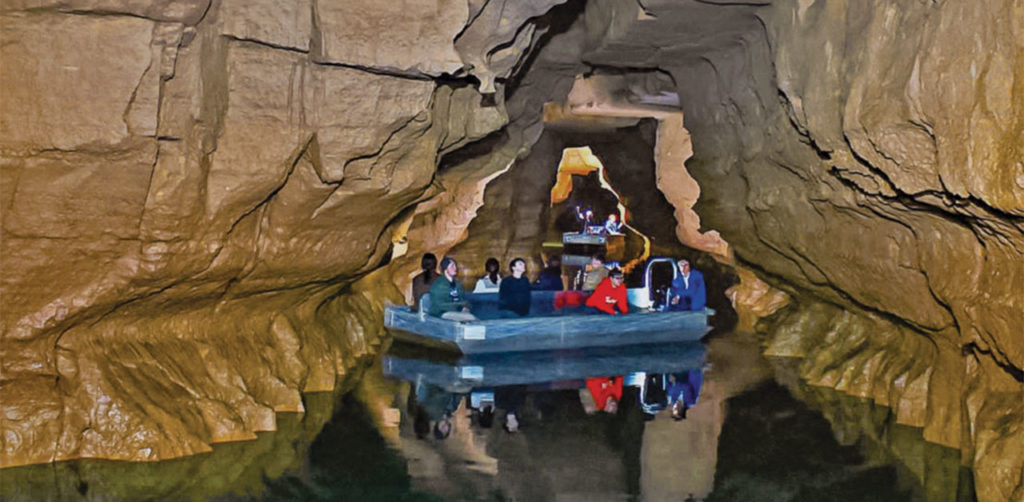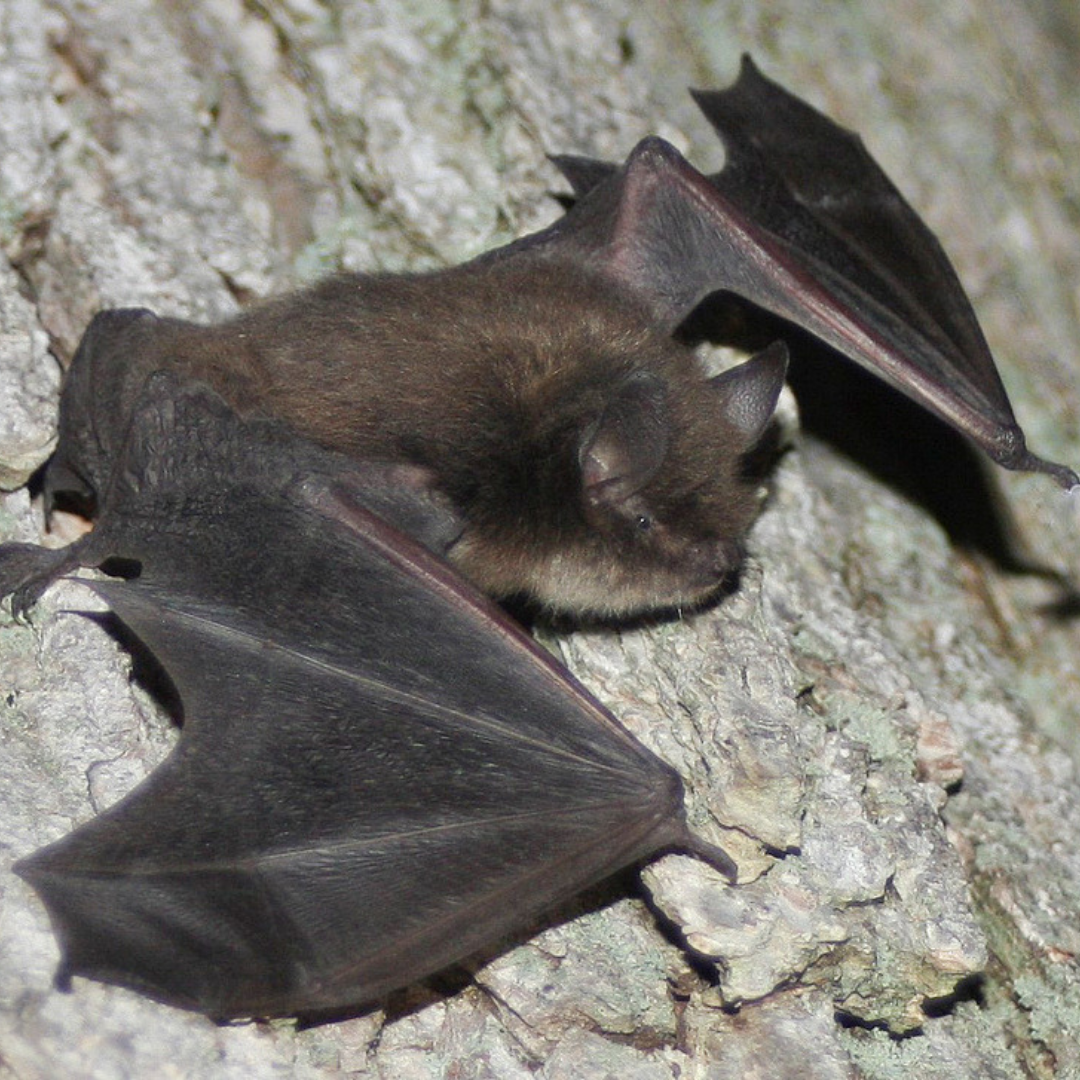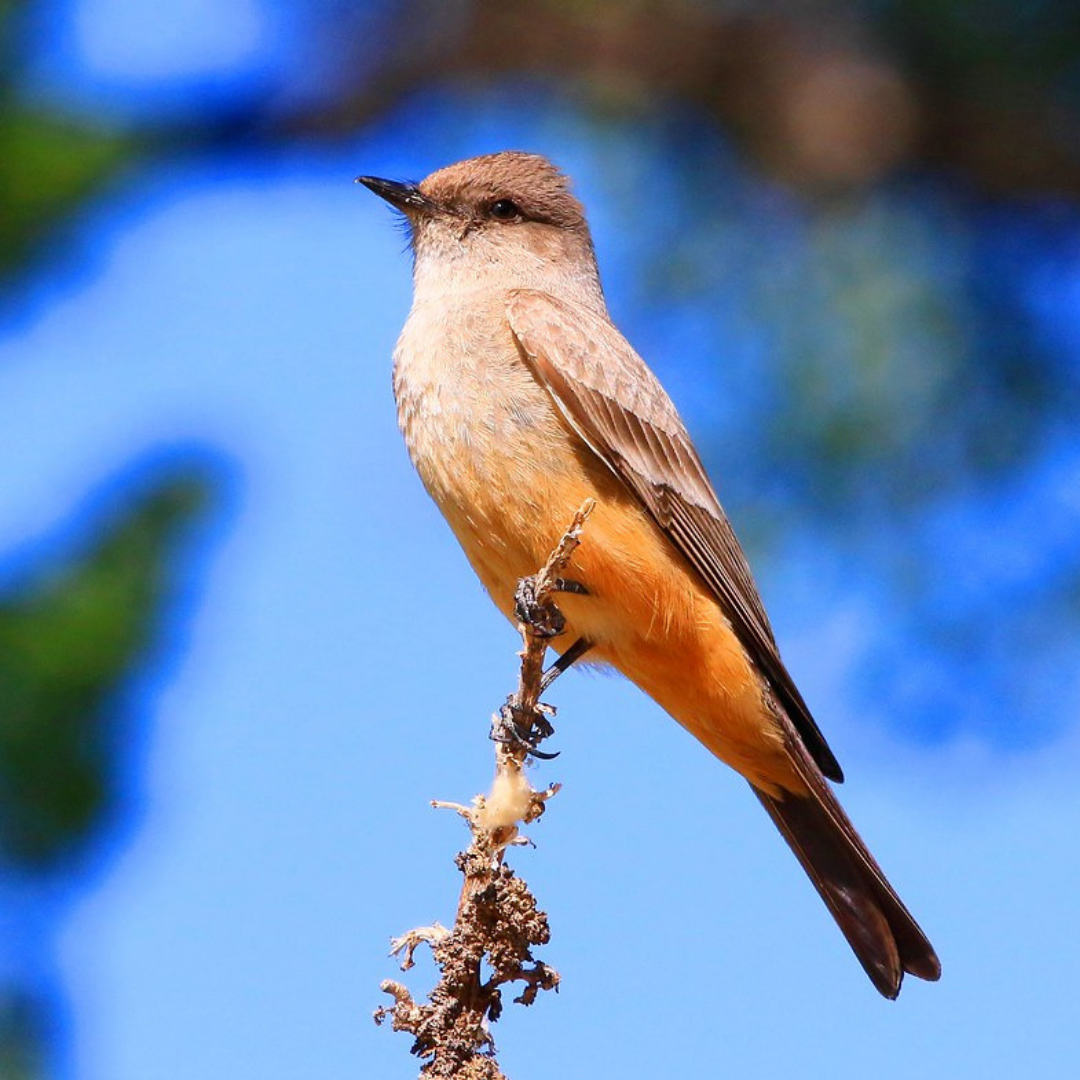This month is all about cave exploration at Spring Mill State Park. Guests love touring and discovering these hidden underground caves.
There are various unique creatures that can be found within the depths of these caves. Make sure to read about each species below before touring the underground caves, so you know what to look out for.
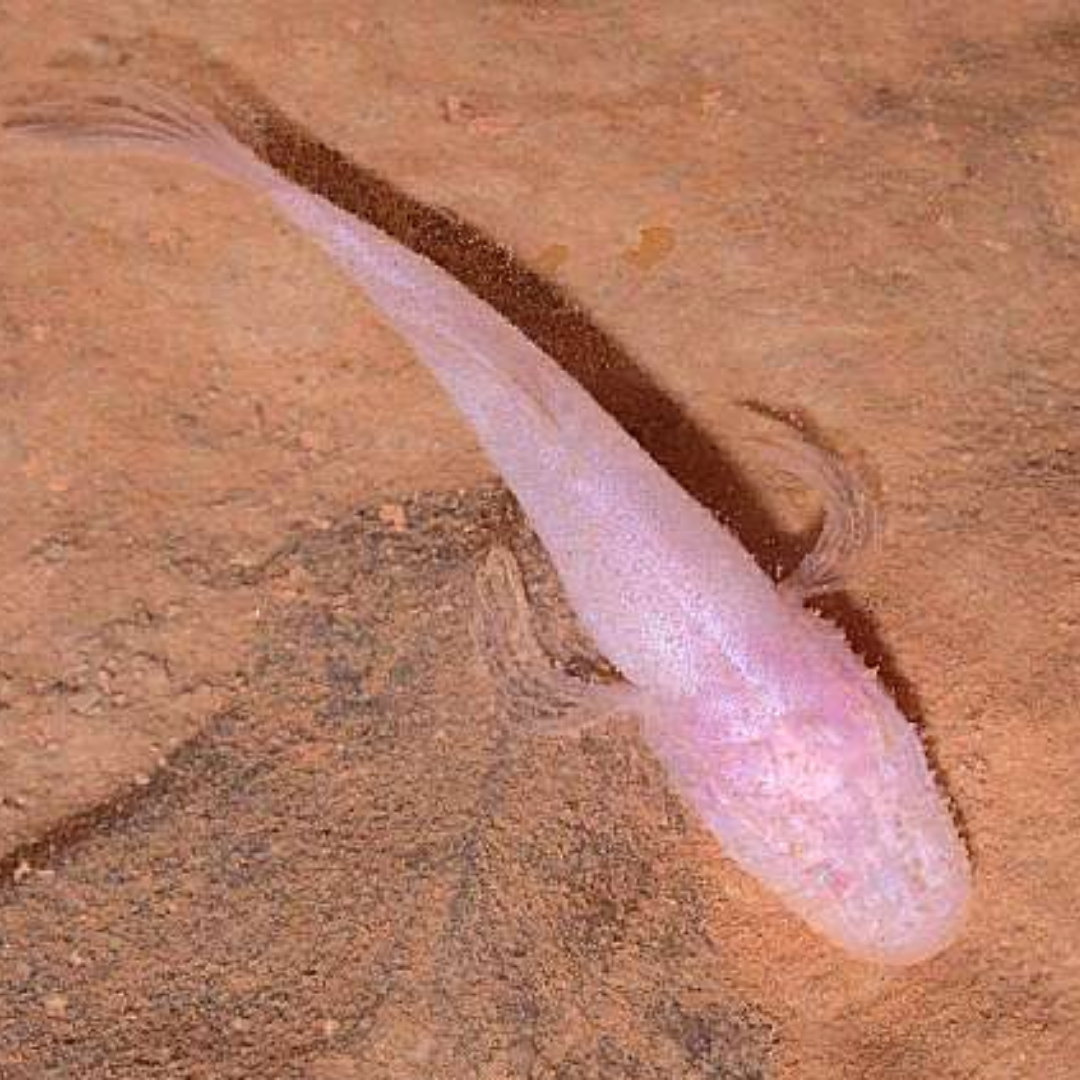
Northern Blind Cave Fish
Also known as Trogolobites, the Northern Blind Cave Fish is an animal species that is strictly bound to the underground habitats, such as caves. These fish feed on amphipods and subterranean isopods. According to Sheree Belt, Spring Mill State Park Naturalist, the Northern Blind Cave Fish don’t have any eyes because it is so dark in the caves that they don’t need them!
Lawrence County’s Bluespring Cavern owner, Jim Richards, says that this Hoosier Cave Fish can live to be over 20 years old and the larger ones can grow to be as long as 4 to 5 inches. Bluespring Caverns however, has seen a few “old-timers” grow up to 8 inches long!
FUN FACT: According to Jim Richards, Bluespring Caverns Park likely contains the largest single population of this Northern Blind Cave Fish within the 17 miles of flowing streams in the Caverns.
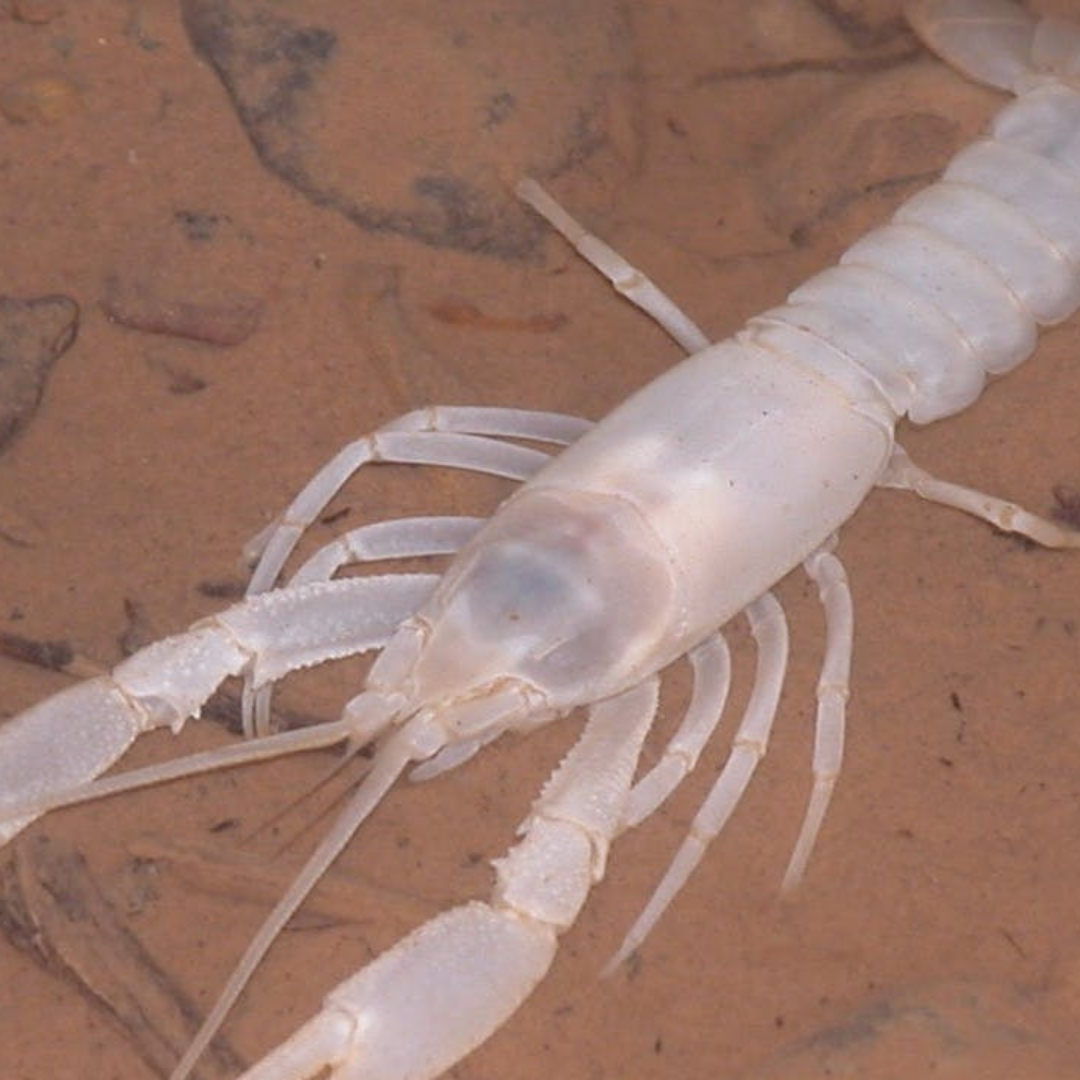
Blind Crayfish
Like the Northern Blind Cave Fish, Blind Crayfish also known as Trogolobites, and are more commonly found in caves with streams. These guys, along with the Northern Blind Cave Fish, find food by sensing the tiniest movement around them since they cannot see.
FUN FACT: Some Trogolobites have been known to venture outside of the caves and into the springs after dark!
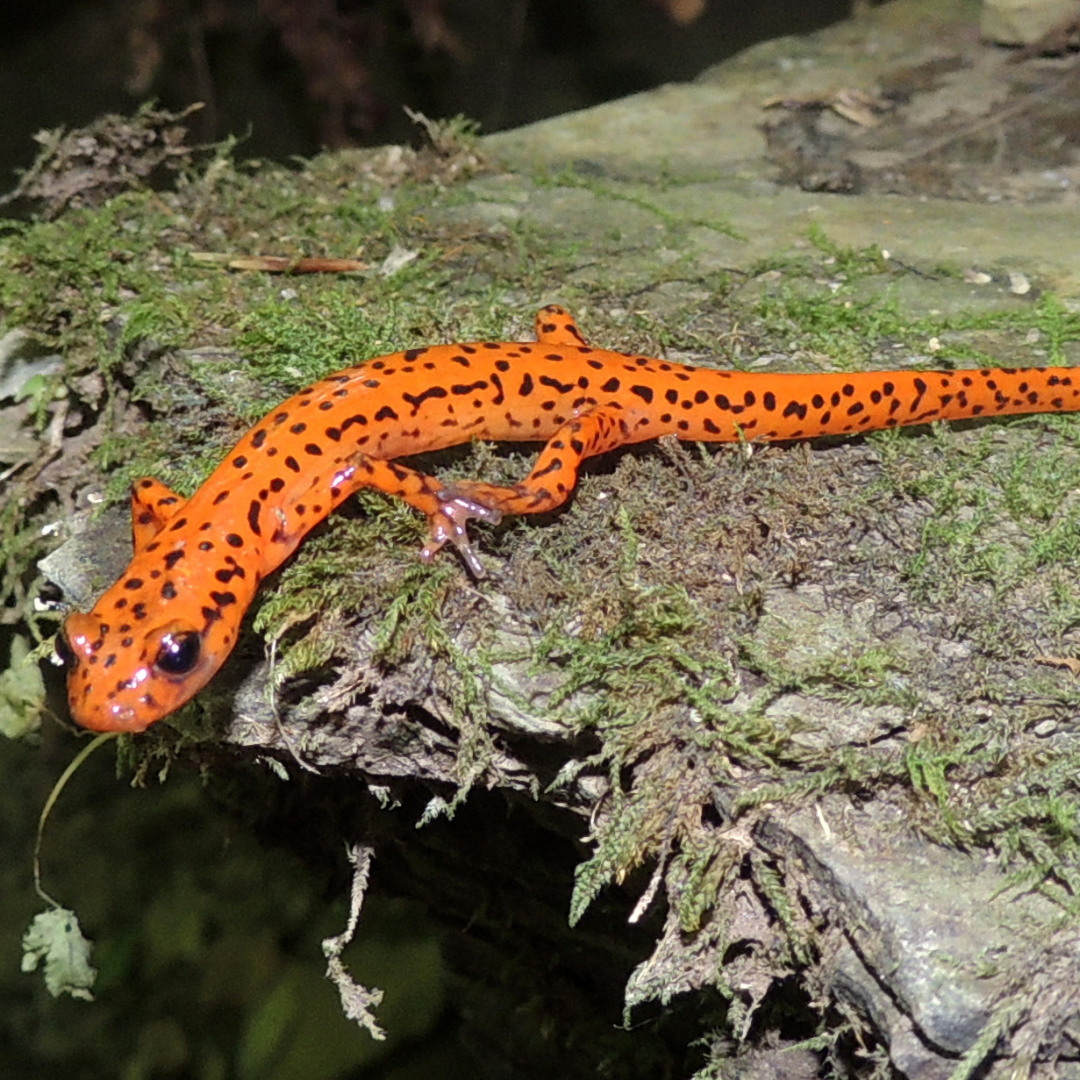
Cave Salamander
The Cave Salamander, also known as Troglophiles, is the most colorful cave critter of them all! This creature spends most of its life in a cave, but can also survive outside of its cave habitat. A shy little creature with red and orange coloring and black spots, the Cave Salamander can often be found in the “twilight zone” of the cave, or the area of the cave where you can still see some light.
FUN FACT: After spending one to three years as larvae, the young salamanders follow streams or springs into deep caves, where they develop into adults!
Bats
The most well-known cave dweller is the bat! Bats are also known as Trogloxenes and have a diet that mostly consists of insects. Bats often prefer drier caves that are not subject to flooding. Although Bluespring Caverns have been known to flood, various bats can be found in the caves including Big Brown Bats, Little Brown Bats and Tri Color Bats.
Did you know that all bats that are found in Indiana are considered endangered? White Nose Syndrome, a fungal disease that produces a white fuzzy growth on the ears and noses of bats, has significantly decreased the population of bats in Northern America.
FUN FACT: Bats are among the longest living mammals in Indiana. Some Little Brown Bats have been known to live for 35 years!
Eastern Phoebe Bird
You may not think of birds when it comes to cave living, but believe it or not these birds actually build their nests in caves! The Phoebe Bird typically nests in the mouth of a cave where there is still light shining through. When they speak it almost sounds as if they are saying their name, “Phoebe.”
These birds migrate from South America and are among the first migratory birds that arrived in Indiana. Be on the lookout for these flycatchers in the caves at Spring Mill State Park.
FUN FACT: Sheree Belt, Spring Mill State Park Naturalist, says these birds wag their tails like a dog!
